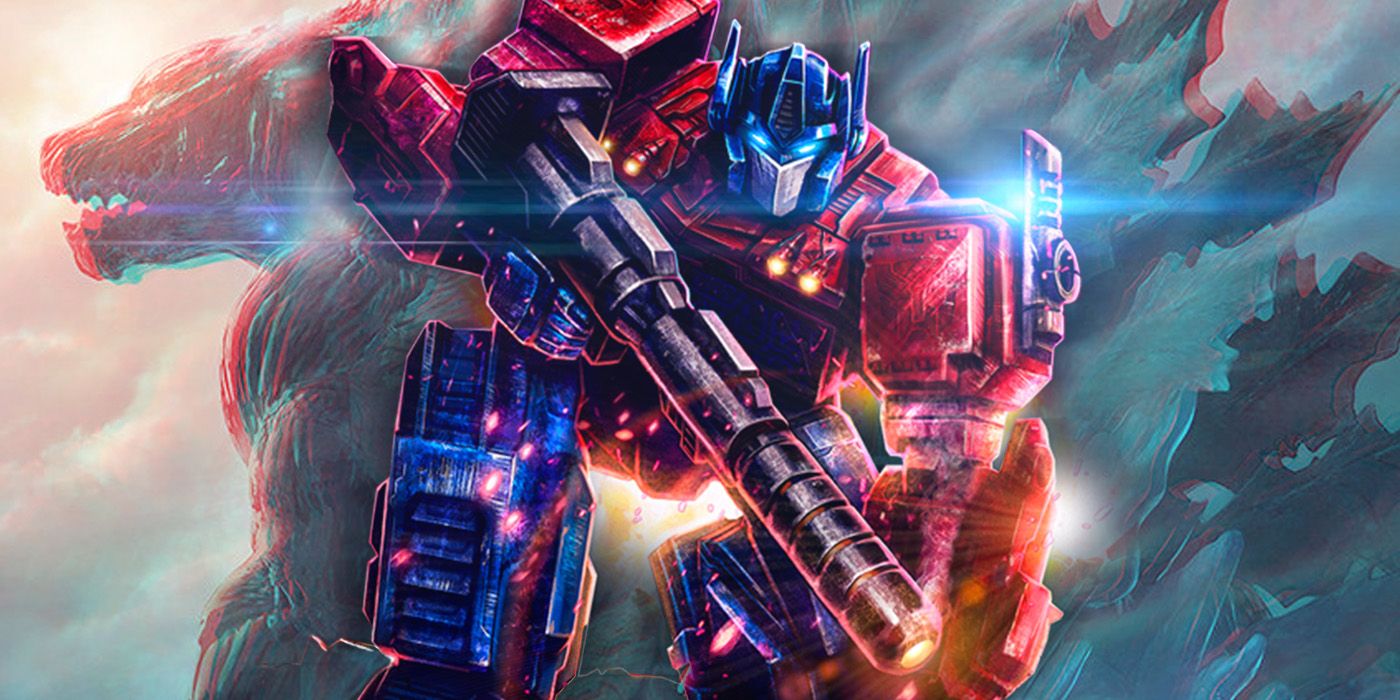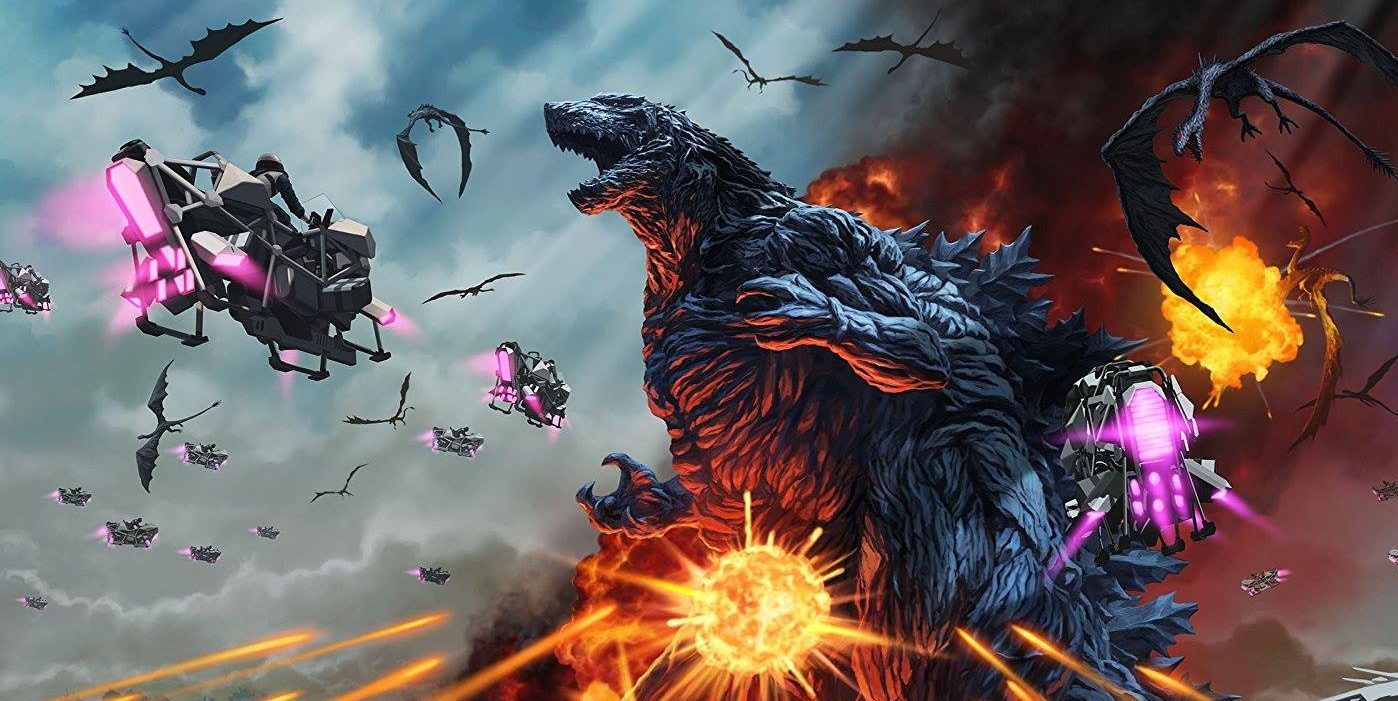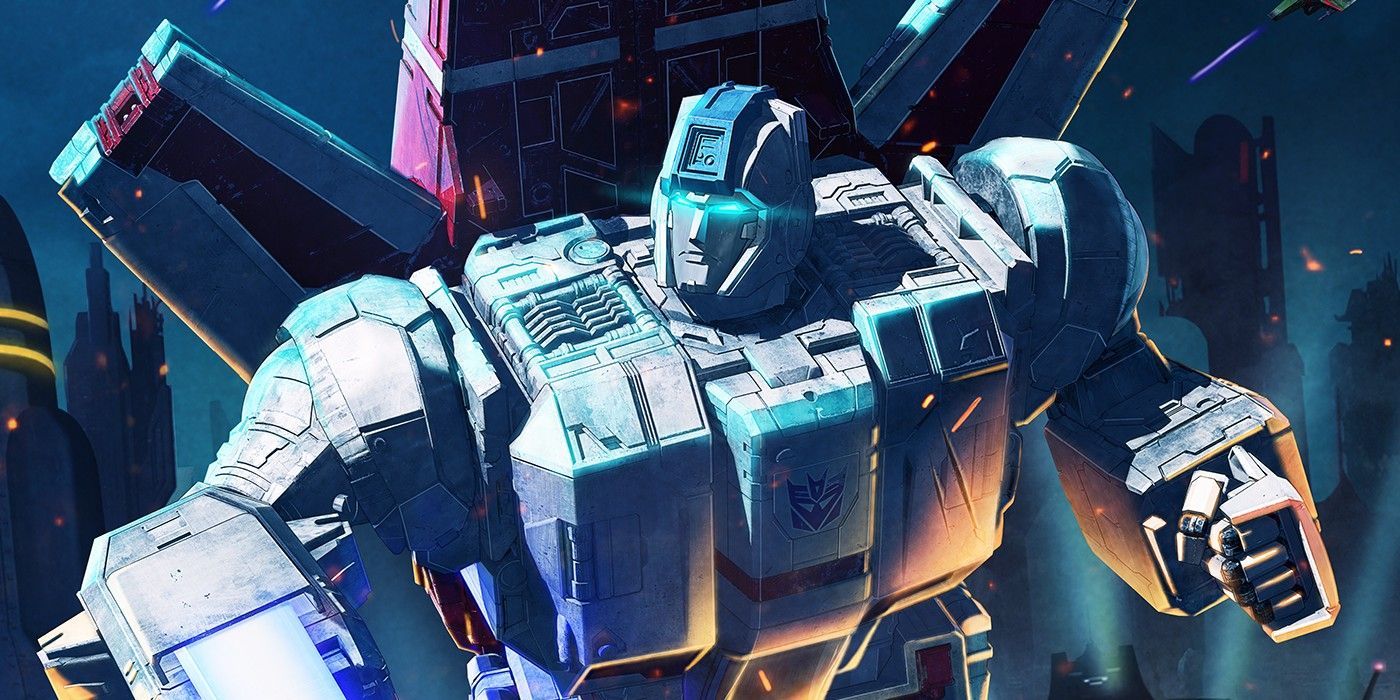Siege, the first part of the Transformers: War for Cybertron trilogy, recently made its debut on Netflix. With themes of torture, social hierarchy and enslavement, the series is a much darker and more mature take than viewers of the original '80s cartoon or the Michael Bay films are used to seeing. Its serious nature is more reminiscent of the video games Transformers: War for Cybertron and Transformers: Fall of Cybertron. Despite this tonal shift from its more well-known properties, reception of the show has been overwhelmingly positive, although some criticism has been levied at its short length and lack of appeal to younger audiences.
On paper, Godzilla’s anime trilogy and War for Cybertron have many similarities: both are much darker sci-fi approaches to their source material, explore new avenues with their characters and utilize CGI animation. However, whereas War for Cybertron is a hit, the Godzilla trilogy received decidedly mixed responses. Why did the former succeed where the latter disappointed?
When it’s focusing on its human characters, Godzilla’s CGI is incredibly fluid, especially compared to other CG anime like the infamous 2016 Berserk adaptation. The main problem in Godzilla’s animation lies in the appearance of the kaiju themselves. One need not look further than the final entry in the trilogy and the big face-off between the titular monster and King Ghidorah. Put quite simply, the models of both these monsters are incredibly ugly. A shame, because the concept of a Mega Evolved Godzilla is a fascinating concept that simply isn’t done justice here. His archnemesis was given an even worse design, and the fight animation was stiff and clunky.
In contrast War for Cybertron seamlessly pulled character designs straight from the original cartoon and rendered them in CG, appealing to fan nostalgia in all the right ways. Even little details, like the sound effects that work in tandem with the visuals, call back to the iconic television show. Throughout the series, one can’t help but feel like this animation style is what Transformers was made for.
It’s not just its animation that led to Godzilla’s downfall. The characters and plot also had major problems. As a separate property, the trilogy’s premise is quite promising. Admittedly, many of the characters are rather one-note and the plot derails a bit in the final entry, but its ideas are fundamentally sound. Humans working together with other extraterrestrial races to take back an abandoned earth is a story with great potential, but it doesn't really work as a Godzilla film.
War for Cybertron features a plot that feels more fitting for its franchise. While it doesn’t introduce any incredibly unique concepts to the Transformers mythos, the story allows for fans to see the Autobots and Decipticons in action. Its characterization is, ironically enough, more heartfelt and human than Godzilla’s characters.
It’s clear that War for Cybertron had an edge in catering to its fanbase and creating an experience that its viewers actually wanted. While Godzilla’s trilogy fumbled in a number of ways, the franchise shouldn’t abandon animated films entirely. If it takes a note out of War for Cybertron’s book and returns to more of what initially made fans fall in love with the series, future animated endeavors featuring the iconic kaiju could see a bright future of success ahead of them.



